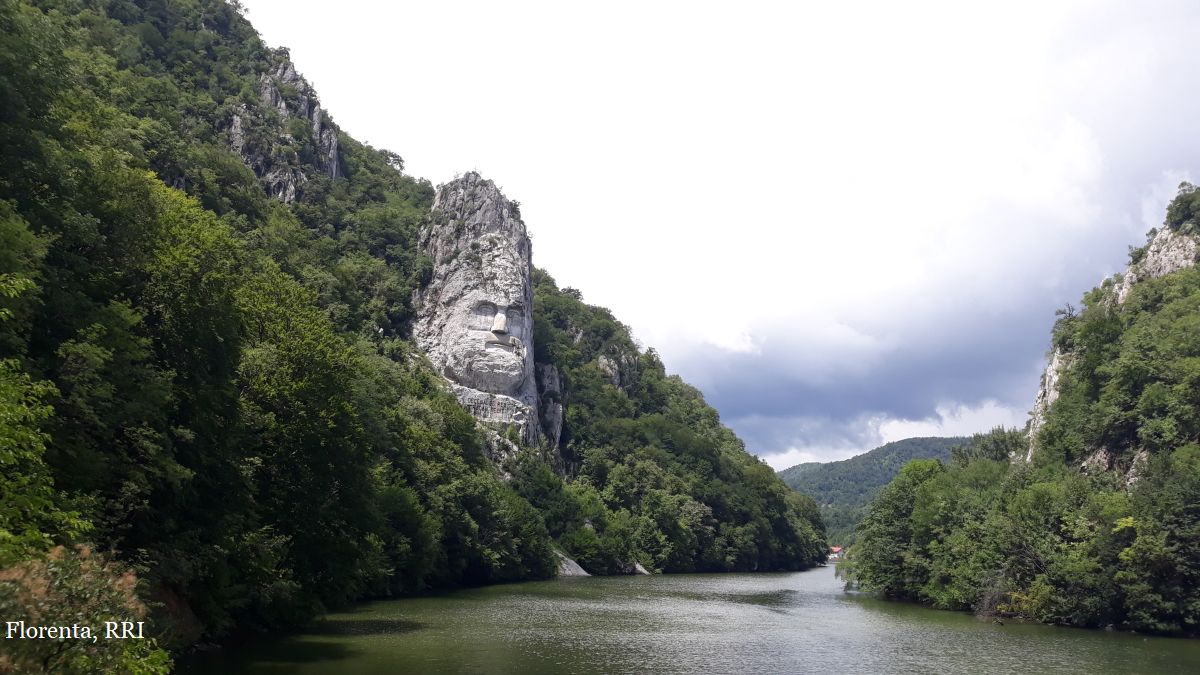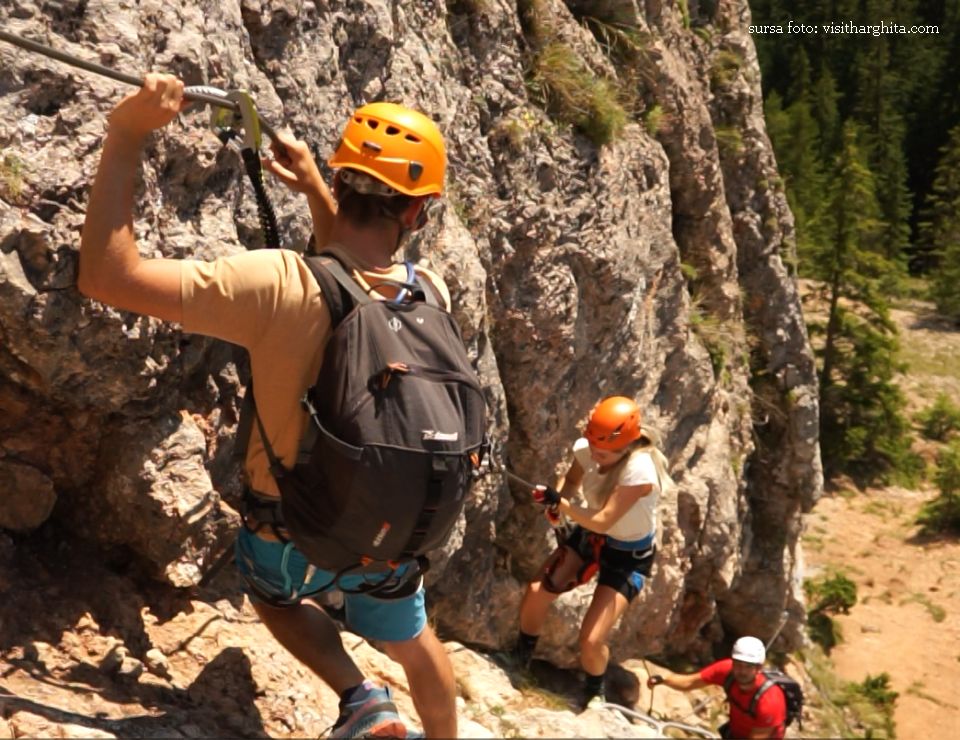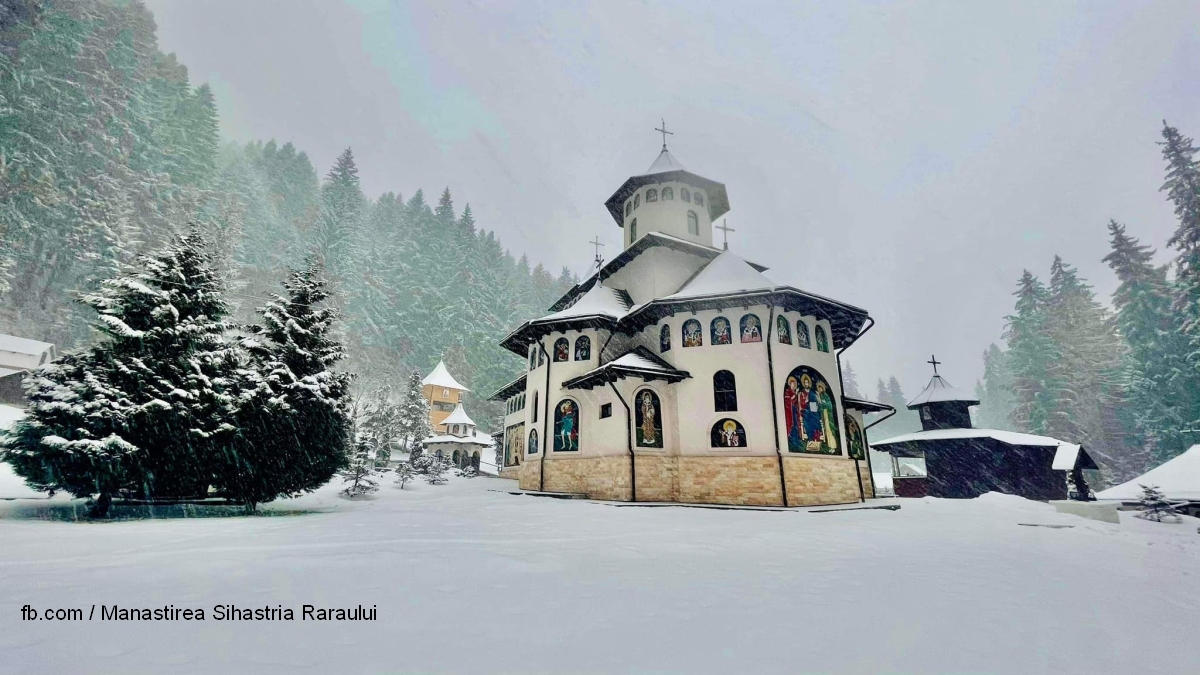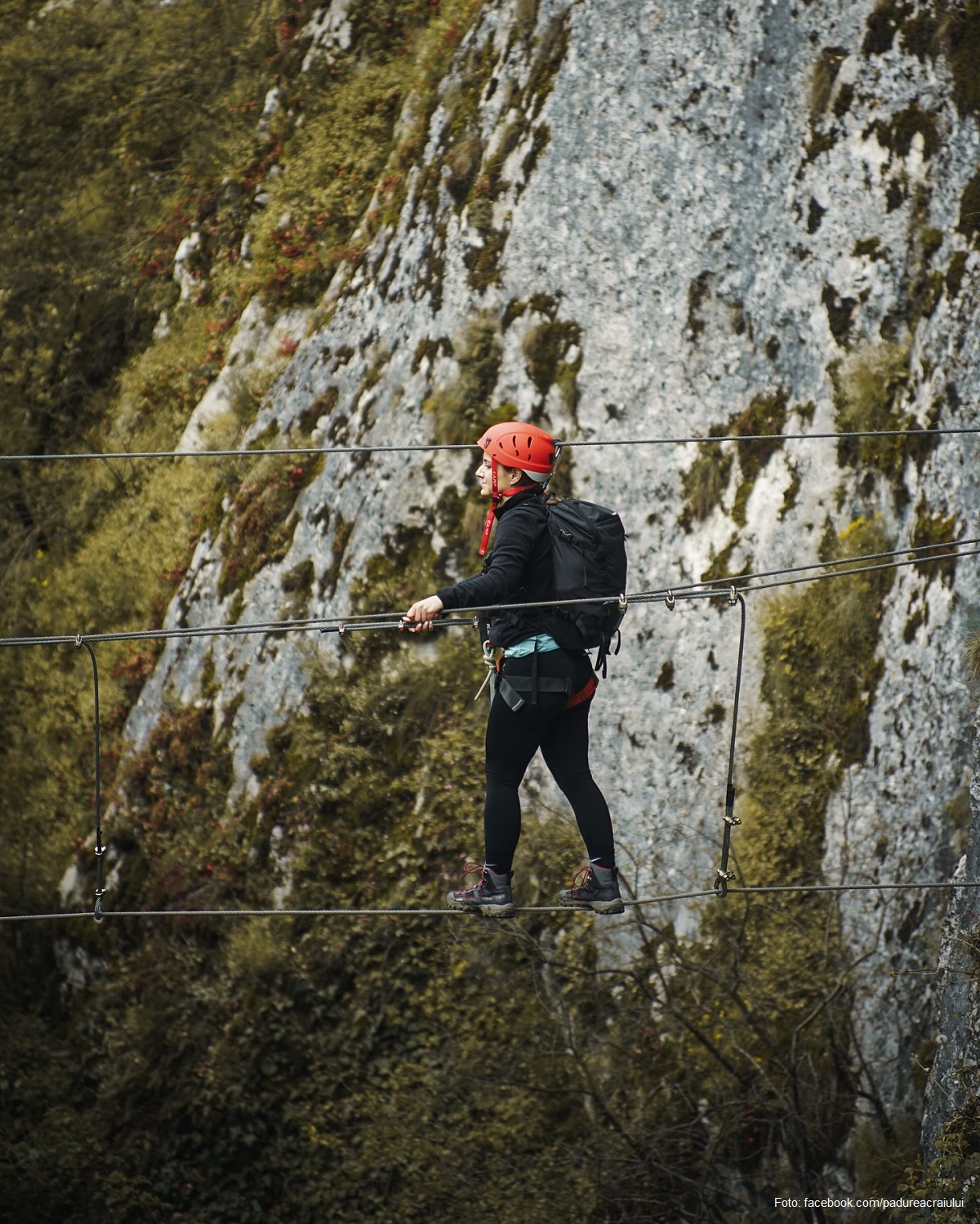Alba Iulia
Located at the heart of the country, Alba Iulia delights travellers with the abundance of historical monuments, testimonies of its centuries-old past
Daniel Onea, 25.01.2018, 13:54
A modern, European city, today’s Alba Iulia is arranged into the upper city, with well-preserved millennium-old sites, and the lower city, built much more recently.
On December 1 this year we will celebrate 100 years since an assembly was held on a plateau near the Alba Iulia medieval citadel, with representatives of all Romanian provinces voting for the union into a new nation-state.
Mihai Coser, spokesman for the Alba Iulia municipality, has more details: “This year will be particularly attractive both for the local hospitality industry, and for the tourists arriving here. I tend to think that this is the year when all Romanians will have Alba Iulia on their mind, because apart from the regular events hosted by the city, there will be a lot of events devoted to the union centennial. The Gala of the Romanian Theatre Union, UNITER, will most likely be held this year in Alba Iulia. It is a notable event, and this year it will bring here the best of the Romanian theatre. Vladimir Cosma, probably the most prolific Romanian composer, who wrote the music for most Louis de Funes films, will take part in this year’s Alba Iulia Music Feast. Cosma’s works were celebrated on all the stages of the world, and the concert on June 24 will be exceptional. This year we will also try to turn the Alba Iulia citadel into a cinema hall, with 3D projections all around the citadel, on the entire surface of its walls, which means a new tourist route, almost 3 km long. Tourists will be able to watch the landmark moments in the history of the Romanian nation. Equally interesting is the fact that this year we will carry on a tradition that has grown into a defining element for the citadel and is particularly popular with tourists, namely the changing of the guard.”
The Alba Iulia citadel itself, a Vauban-type fortification built in the 18th Century, is viewed by many as the main attraction of the city. It is a unique citadel in south-eastern Europe and the second most important in Europe, after a similar star-shaped fort in Luxembourg.
Mihai Coser, spokesman for the Alba Iulia City Hall, says the Austrian guard of the citadel will have a guard changing ceremony every day around noon, starting April: “The guard changing ceremony will be held as of April. On weekends we will have much more extensive ceremonies, with cannon shots and parades. This year the popular Legio Gemina re-enactment troupe, which has proven its talent in many festivals in Romania and abroad, will continue to perform here. Tourists will be able to see Romans, gladiators, nymphs, and a new guard, the Union Guard, re-enacting the 1918 Union period. The performances will be held every weekend, when we will also organise coin minting workshops.”
When in Alba Iulia, you will undoubtedly be impressed by the St. Michael Roman-Catholic cathedral, another landmark of the city. Built in the 11th Century, the cathedral was refurbished a century later and was given the shape that we can still see today. It is the oldest cathedral in southeastern Europe and has Gothic, Renaissance and of course, Romanic elements, as this was its initial style.
Most visitors to Alba Iulia also take a tour of the Union Museum. Visiting it is like travelling back in time. You go back to the Palaeolithic Age, Bronze Age, the Roman times, when there were two Roman camps, a military and an economic one, the medieval period and you’ll come to the conclusion that three or four hours are not enough to visit the whole museum.
But let us take a look ahead at the events of the year 2018, together with Mihai Coşer, spokesperson for the Alba Iulia City Hall: “A declaration will be made in Alba Iulia this year on the 100th anniversary of the Union of the Romanian Principalities. It is a declaration in which we will tell what we feel, 100 years since the Union was achieved. Radio Romania International is among the first mass media representatives to find out about our intention. This declaration lays emphasis on children and youth. Just like king Michael once said, we live with the conviction that the country has been loaned from young people and should be preserved unaltered, to be returned to them at the right moment. For this reason, I will disclose another major point on our agenda. We will lay out a so-called Centennial Alley, bordered by approximately 100 trees, planted by 100 children from across the country, selected following a contest that we will make public at national level.”
Each tree will bear the name of a child and there will also be a panel for photos to be posted. Children will be photographed in various moments of their lives, up to maturity, near the trees that bear their names.
Mihai Coşer: “Children mean a lot to us (…) We will organise various workshops for children in all corners of the citadel. We will also organise a big festival, which will be a sort of ‘Untold’ for children. We will change a lot our attitude towards children and young people and therefore we will set up a Science Museum in Alba Iulia, which will be unique in Romania. It will be completed in two-three years’ time and involves a large investment. Alba Iulia encompasses the whole history of this country in its 2,000 year-long history, but it also has some European landmarks. It hosts the Princely Palace, a building that will be refurbished this year, through a European project. It is from the Princely Palace that the whole Europe was ruled, in certain historical times. There are many things you can admire there and that you can interact with. Of late, we boast a digital infrastructure, that we make available for tourists, created by the best and more dynamic software developers in the world.”
So, consider making a visit to Alba Iulia in Transylvania, in 2018, you will not regret your choice, as you will discover not only a city, but a whole region steeped in legend, folklore and history. (Translated by Ana Maria Popescu and D. Vijeu)

